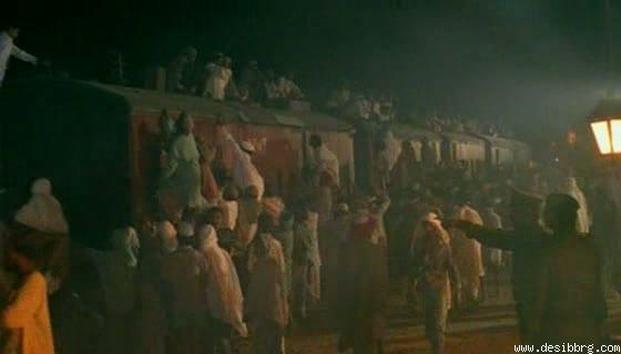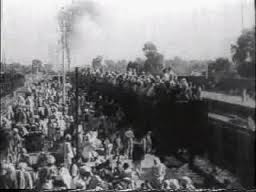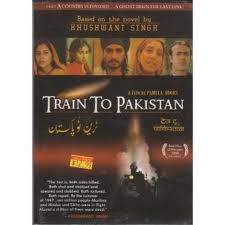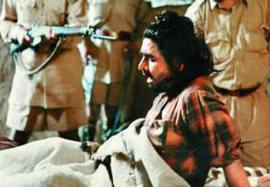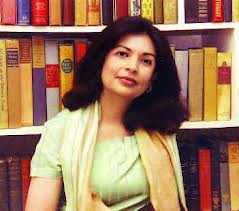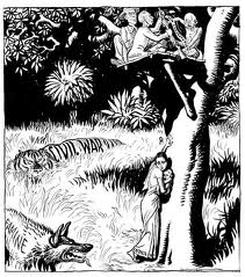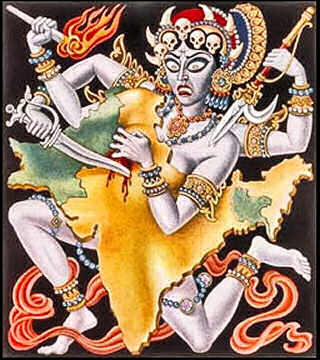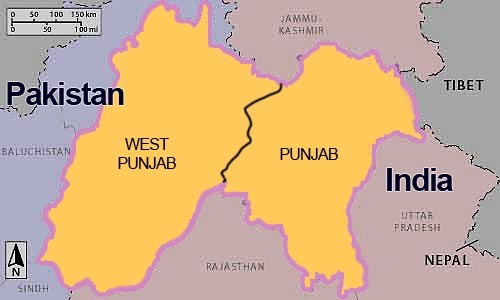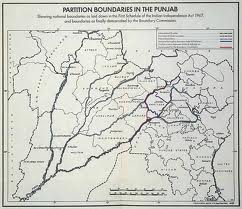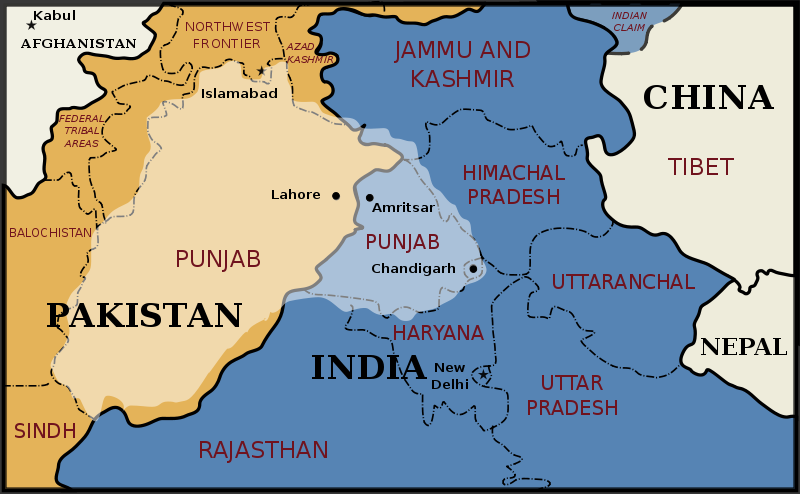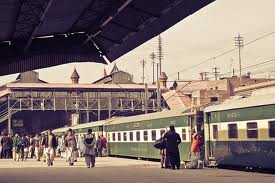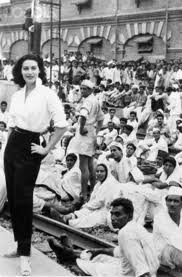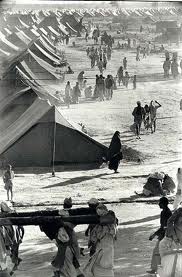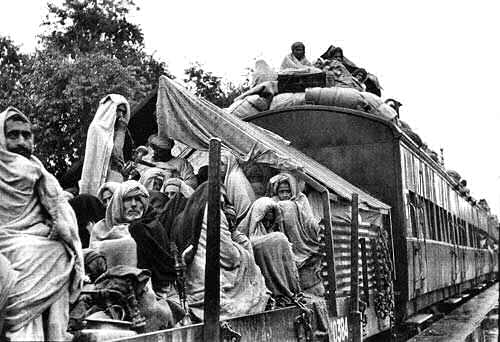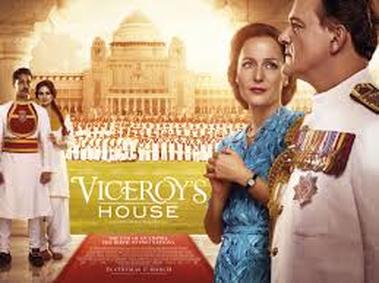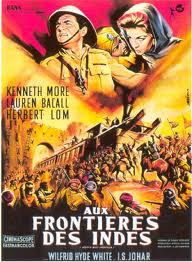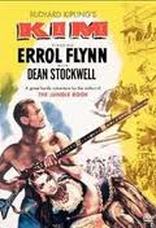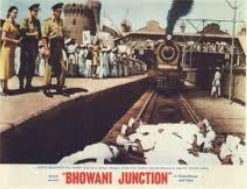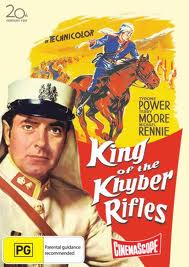Train to Pakistan (1998) Dir: Pamela Rooks
Maps show how strategic Punjab province was split in half between India & Pakistan in 1947 partition
Eyewitness account of railways as focus of communal violence in 1947
Interview with Khawaja Bilal, station master at Lahore, 1947.
"On the 14th of August I was on duty. We heard an announcement that Partition had taken place. Soon after that the killing started, the slaughter began. Everywhere we looked we saw carnage and destruction of human life. There was no law and order, even when the soldiers came and made a barricade with barbed wire outside the station. Despite their presence, many were being killed on the platforms, on the bridges, in the ticket halls. There were stabbings, rapes, attempts at arson. I had my charpoy in the station master's office: I didn't dare go back to my house. But at night I could not sleep because of the screams and moans of the dying coming from the platform. In the morning, when the light came, bodies would be lying everywhere.
"One morning, I think it was 30th of August, the Bombay Express came in from Delhi via Bhatinda. There were around two thousand people on this train. We found dead bodies in the lavatories, on the seats, under the seats. We checked the whole train, but nobody was alive except one person. There had been a massacre when the train stopped at Bhatinda. The sole survivor told us he had approached the train driver, an Englishman, who gave him refuge.He hid the man in the watertank by the engine. When the Sikhs arrived they could not see him so they went away and he survived. Only one man out of two thousand. After that every train that came from India was attacked. We used to receive one hundred trains a day. There were corpses in every one. "
William Dalrymple, Blood on the Tracks, Episode 1 of Channel 4 TV documentary Series Stones of the Raj (1997)
"On the 14th of August I was on duty. We heard an announcement that Partition had taken place. Soon after that the killing started, the slaughter began. Everywhere we looked we saw carnage and destruction of human life. There was no law and order, even when the soldiers came and made a barricade with barbed wire outside the station. Despite their presence, many were being killed on the platforms, on the bridges, in the ticket halls. There were stabbings, rapes, attempts at arson. I had my charpoy in the station master's office: I didn't dare go back to my house. But at night I could not sleep because of the screams and moans of the dying coming from the platform. In the morning, when the light came, bodies would be lying everywhere.
"One morning, I think it was 30th of August, the Bombay Express came in from Delhi via Bhatinda. There were around two thousand people on this train. We found dead bodies in the lavatories, on the seats, under the seats. We checked the whole train, but nobody was alive except one person. There had been a massacre when the train stopped at Bhatinda. The sole survivor told us he had approached the train driver, an Englishman, who gave him refuge.He hid the man in the watertank by the engine. When the Sikhs arrived they could not see him so they went away and he survived. Only one man out of two thousand. After that every train that came from India was attacked. We used to receive one hundred trains a day. There were corpses in every one. "
William Dalrymple, Blood on the Tracks, Episode 1 of Channel 4 TV documentary Series Stones of the Raj (1997)
Excerpts from the movie
|
|
|
More movies about communal conflict in India on Cliomuse.com
The most recent look at partition and its terrible aftermath:
